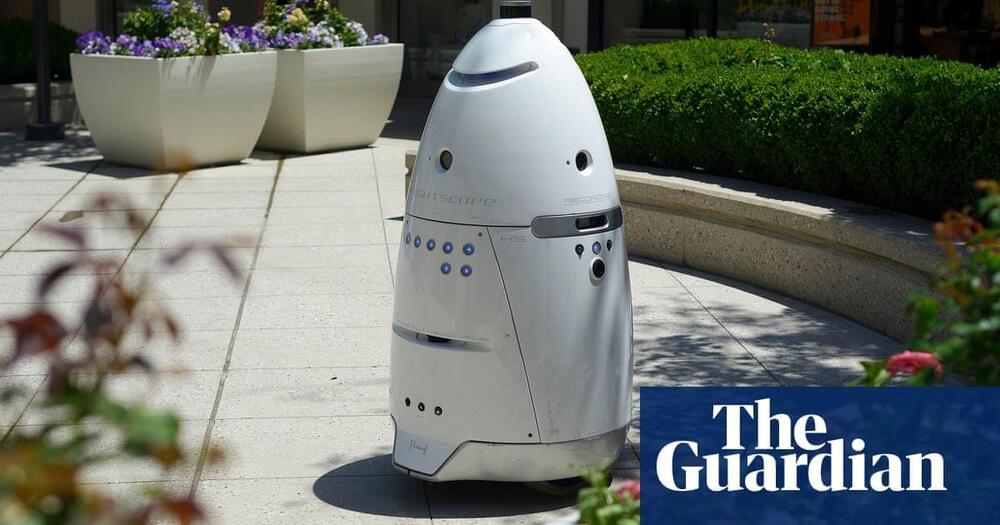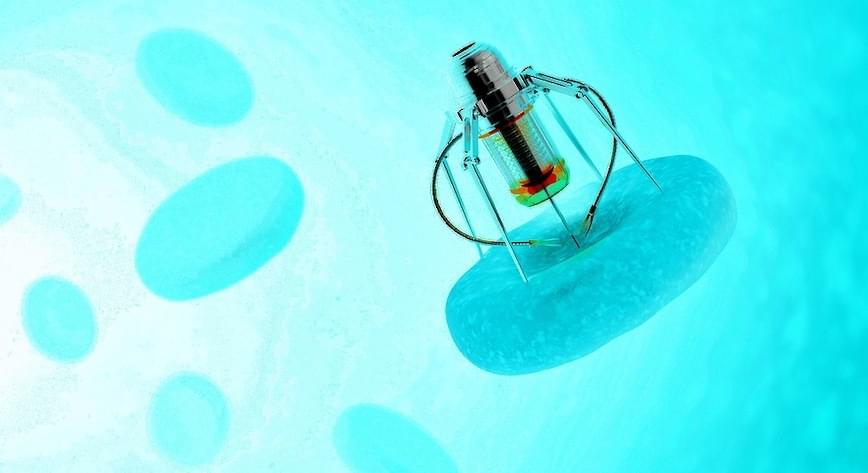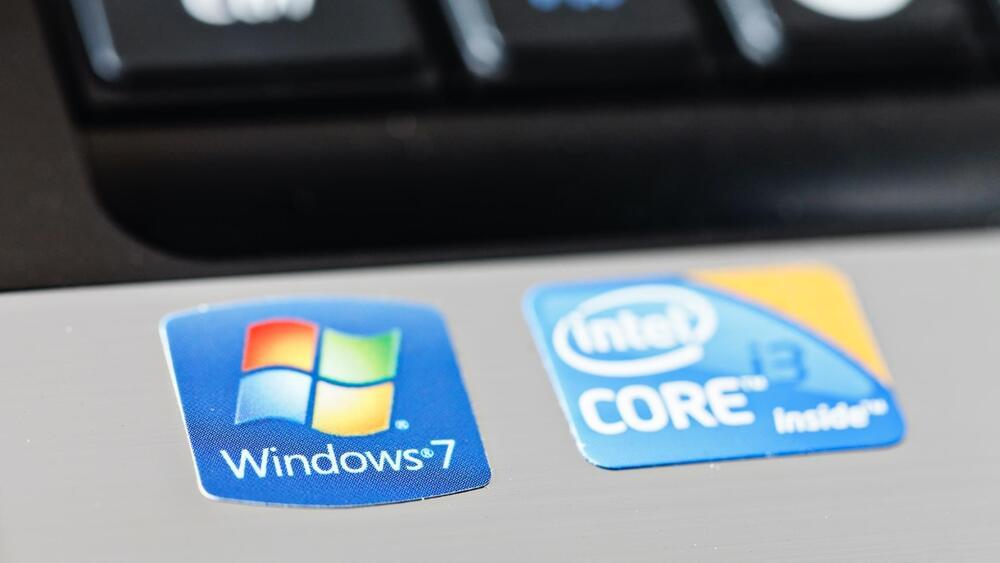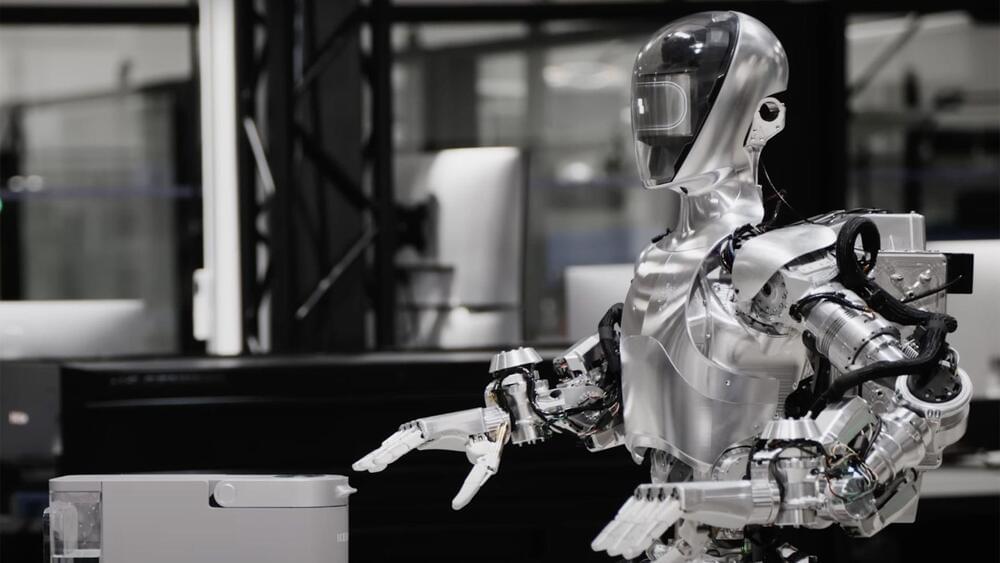🤖 🧠 💡
A study in PNAS evaluates AI chatbots against human benchmarks, revealing that AI exhibits human-like behaviors and personality traits, with ChatGPT-4 closely mirroring human responses in strategic decision-making and personality assessments.



The robot, which weighs 420lbs, stands at 5ft 4in and travels at 3 miles per hour, is expected to make its appearance at the airport in the next two months, according to local reports.
According to Knightscope, the K5 is intended for outdoor use and features autonomous recharging without requiring human intervention. Features listed on Knightscope’s website include 360-degree and eye-level video streaming, people detection during certain restricted hours, thermal anomaly detection, as well as license plate recognition.
The city’s director of airports, Jesus Saenz, said that the K5 will be used to respond to door alarms at the airport and will be placed near doors with alarms that are frequently set off.

Discussions are emerging about conducting clinical trials on humans with nanorobots for medical applications. Currently, in the United States, four burgeoning companies are striving towards this aim, working to advance their nanomachines into Phase 1 studies, subsequent to laboratory research and preclinical trials on animals.
The article “Delivering drugs with microrobots”, published in Science on December 7, 2023, has recaptured the international scientific community’s attention on the practical, effective use of nanorobots in Clinical Practice and Medicine.
Its author, Bradley Nelson, a Robotics and Intelligent Systems professor at ETH Zurich, poses a straightforward question: where are these diminutive biocompatible machines, designed to be injected into the human body for more efficient exploration, internal repair, and precise, targeted drug delivery? Researchers have discussed them for years – he notes – yet we still do not see them progressing from laboratories to the forefront of clinical trials. How close are we to this milestone?



Microsoft’s in-house chip will be Intel-approved.
Intel, one of the biggest manufacturers of semiconductor computer circuits, has secured Microsoft as a client for its custom chip manufacturing division.
Intel scores a big client in Microsoft Corp for Intel Foundry, its sustainable systems foundry business tailored for making AI chips.


Logical reasoning is still a major challenge for language models. DeepMind has found a way to support reasoning tasks.
A study by Google’s AI division DeepMind shows that the order of the premises in a task has a significant impact on the logical reasoning performance of language models.
They work best when the premises are presented in the same order as they appear in the logical conclusions. According to the researchers, this is also true for mathematical problems. The researchers make the systematically generated tests available in the R-GSM benchmark for further investigation.

In a next-level automation move, Chinese EV maker NIO (NYSE: NIO) is piloting humanoid robots on its EV assembly line at one of its factories.
NIO manufactures EVs at its two factories in Hefei, the largest city in Anhui Province, in eastern China.
Shenzhen-based UBTECH ROBOTICS, listed on Hong Kong’s stock exchange, built the Walker S robot working on NIO’s assembly line. The company says it’s the first time the Walker S has been used on an EV assembly line.